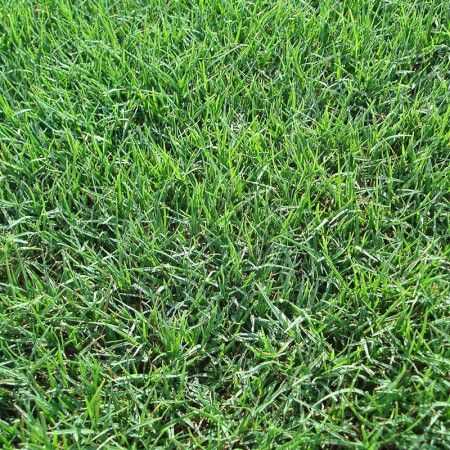Meadow GEORGIA
The size of the sod is 125 x 40 cm and therefore one sod covers half a square meter of surface.
The quantity ordered is in square meters.
Delivery usually takes place within 5/6 days from ordering and 24/48 hours from collection, subject to notification from our delivery office.



GEORGIA lawn from Prato Erboso Shop is a roll lawn produced with cynodon dactylon seeds.
Recommended for residential lawns and sports fields in temperate climates. Ideal for soccer fields, golf courses, tennis courts and bowls. Very useful in all situations of intense trampling by people and/or dogs.
Excellent heat resistance, grows up to 45 degrees. In winter, if it is permanently exposed to minimum temperatures that on average fall below 10 degrees, it begins to enter dormancy, initially characterized by an interruption of growth and subsequent discoloration. When the threshold of 0 degrees is reached, there is a total discoloration with a very light and uniform straw yellow effect. Poor resistance to cold, fears deep frosts, tolerates short periods up to a maximum of -10 degrees, especially if prolonged. In temperate climate areas it generally enters dormancy in October and then re-greens in March.
Resistance to trampling is excellent, furthermore it covers sparse areas very quickly thanks to the presence of stolons while resistance to shade is practically zero.
The recommended cutting height is between 1.7 and 2.5 cm and can be done with helical or rotary blade mowers. During the winter months, the cutting frequency is drastically reduced until it reaches zero in the case of dormancy.
Delivery usually takes place within 5/6 days from ordering and 24/48 hours from collection, subject to notification from our delivery office.
- Cynodon Dactylon (%)
- 100
- Species
- macrotherm
It is necessary to lay the lawn within 24 hours of delivery to guarantee its integrity.
1. Tillage with removal of any residue of old lawn or weeds and large stones (small ones can also be left).
2. Preparation of the installation base by correcting the soil if it is excessively silty or sandy with the addition of silica or river sand or, alternatively, lapillus.
3. Accurate leveling to avoid harmful water stagnation. Keep the ground level 1-2 cm below the level of sidewalks or walkways in general.
4. Fertilization base with phosphorus-based fertilizer to stimulate the root development of the root ball.
5. Laying the lawn: carefully place the clods together, making the edges match (do not overlap). In very large plots, irrigate as you lay it to avoid dehydration of the lawn, especially in the summer season. Do not use small pieces of sod as they are quickly subject to dehydration.
6. Water abundantly as soon as the lawn is laid. Roll the ground to ensure that the carpet can adhere perfectly to the ground, thus eliminating air pockets that would prevent the turf from rooting. In the following days, make sure that the water supply always keeps both the root ball and the underlying soil very moist to help it root. It is advisable to water during the coolest hours of the day: early morning. After approximately 15-20 days after installation, depending on the period, you should no longer be able to lift the clods.
7. Gradually reduce irrigation, trying to accustom the turf to the lowest possible water supply depending on the soil, sun exposure and season.
8. First mowing of the lawn approximately 10 days after installation e always collection of the cut.
9. There are no seasonal limits for the installation of the lawn, but it is good practice, in case of installation at high temperatures, to prevent fungal attacks with specific products and never install in the presence of frozen ground.
10. Fertilizations: at least four basic annual fertilizations are recommended: early spring and late spring with ternary fertilizers with a prevalence of nitrogen content and early autumn and late autumn with ternary fertilizers with a prevalence of potassium content.
11. Fungicide treatment: it is recommended to carry out preventively, especially in the summer season.






